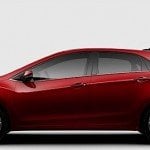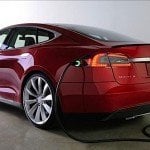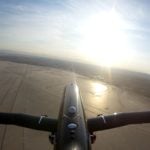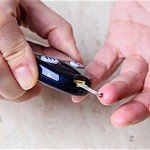In the Space Race of Billionaires; Apparently, Size Does Matter
According to a press release[1] recently published by Arianespace and Amazon; they did perform the largest launch vehicle acquisition in history.
The deal, which has been reached between Arianespace, Blue Origin, and United Launch Alliance, constitutes the largest commercial launch vehicle acquisition ever made. The Kuiper project, named for the massive expanse of space in our outer solar system which lies beyond Neptune[2], is a fitting name for the Bezos-owned, low-orbit satellite project. The aim of this latest venture is yet another attempt to challenge another billionaire who is already making good on the idea.
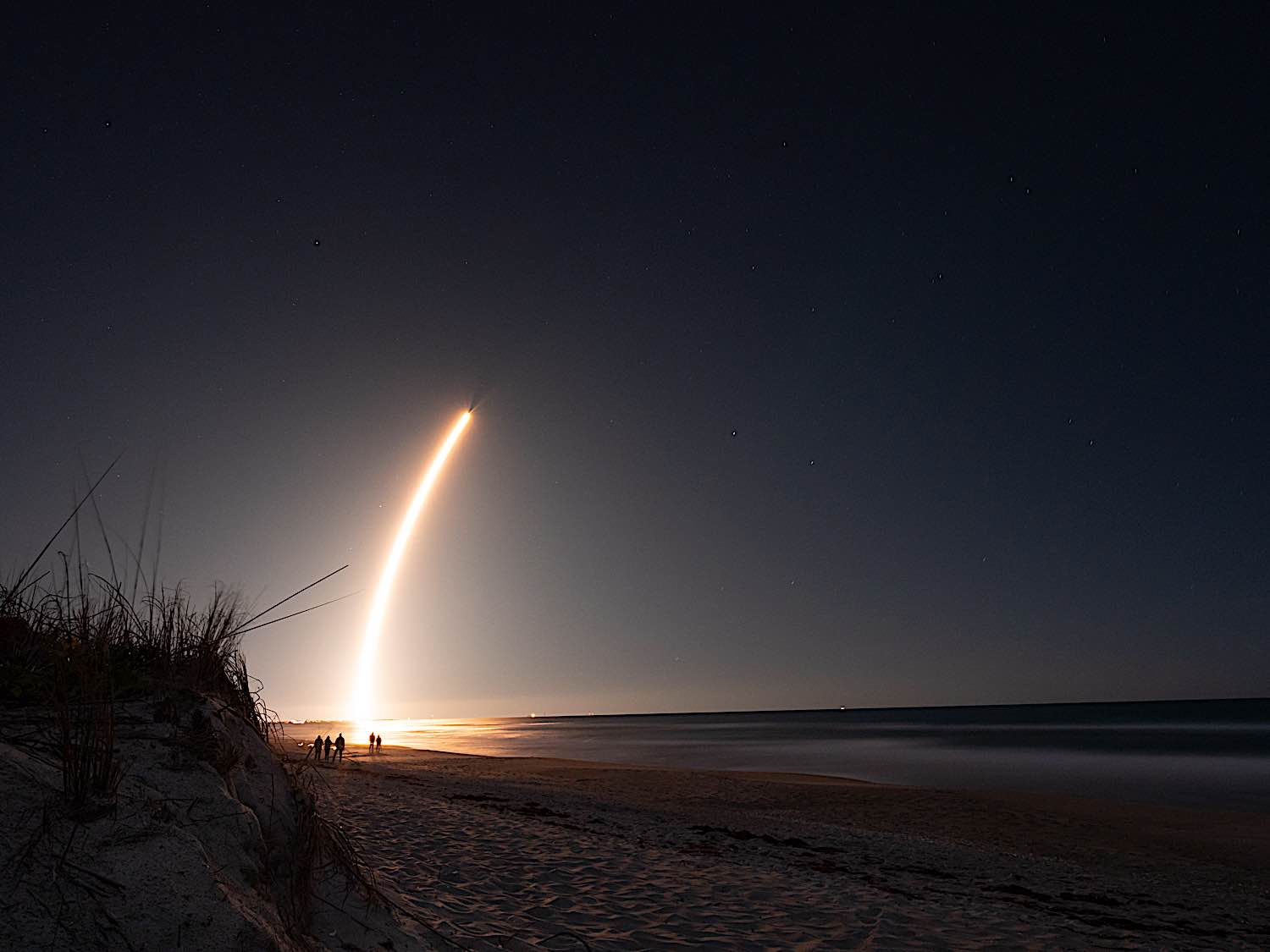
Blue Origin
Blue Origin – the other Bezos-owned space company that is uncoincidentally involved in this rocket procurement deal, recently challenged another procurement in court[3]. The CEO of Blue Origin, Bob Smith had this to say on the matter;
“It’s really atypical for NASA to make these kinds of errors, they’re generally quite good at acquisition, especially its flagship missions like returning America to the surface of the moon. We felt that these errors needed to be addressed and remedied.”

It seems that while they are challenging the lunar projects in court, they are intending on proving not only to NASA and Musk, but to the world, their contention for the role of space leader. Whether Amazon and its Kuiper project are out to show other agencies what acquisition looks like or not, remains to be determined, but the figures are objectively impressive.
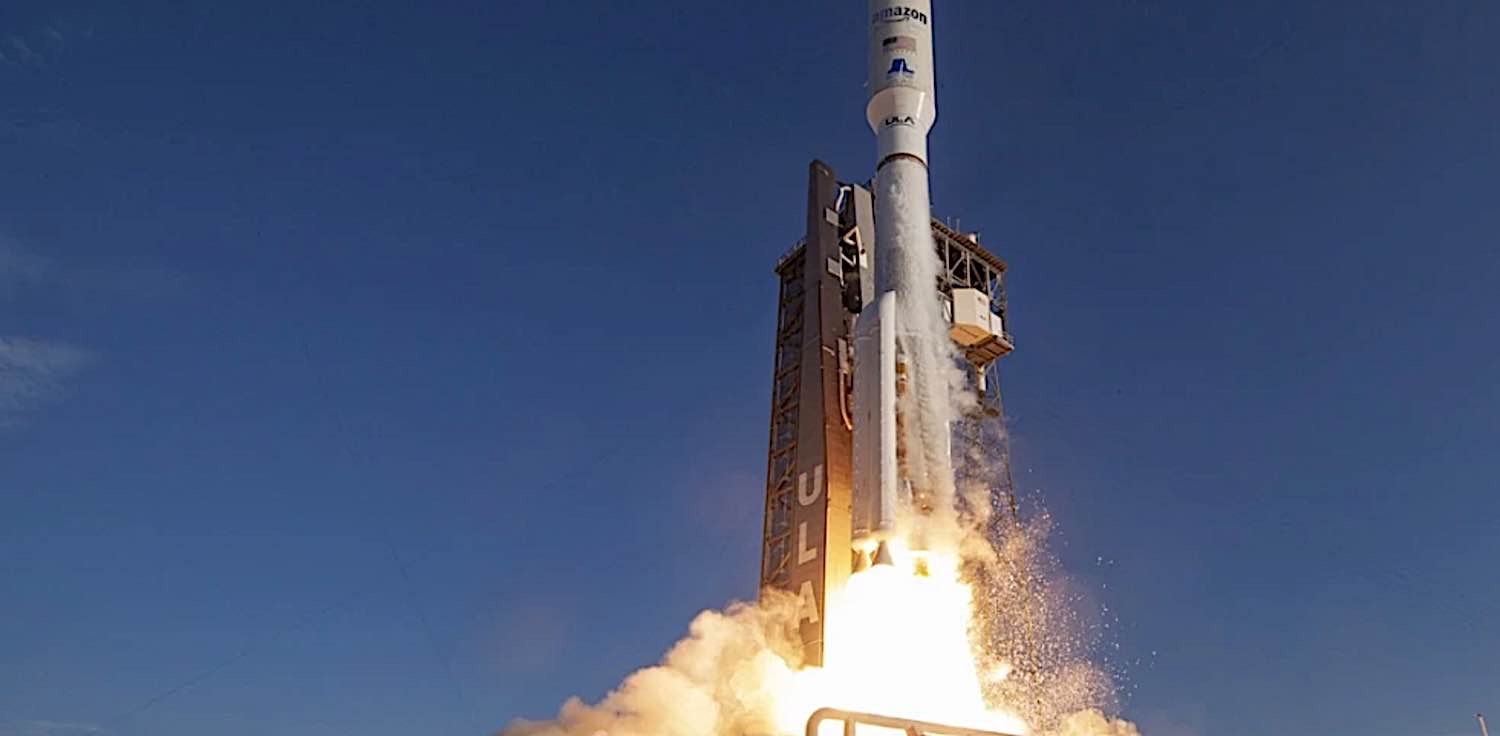
Project Kuiper — 83 Lauches
Project Kuiper has secured a whopping 83 launches over the course of the next five years. To put things in perspective, Starlink has only launched 150 over the course of the past 12 years[4]. While this is certainly an uptick in rocket launches that are set to take course, one of the biggest benefits to the industry is how few satellites will be launched from the vehicles.
The whole objective of both Starlink and the Kuiper Project is to provide low-cost broadband to millions who have gone without due to living in rural areas. This is a great goal, but a major point of controversy is the sheer number of low-orbit satellites that need to be deployed in order to provide this service. Starlink intends to put out approximately 30,000 low-orbit satellites. Space agencies and observatories have voiced concerns about the problems posed by this traffic[5], even NASA, Starlink’s partner.
While Amazon intends to leverage its global infrastructure system and launch more rockets in a shorter period of time, they are only planning on sending up approximately 3000 low orbit satellites. If they are able to provide the same service with fewer launches (overall) and satellites, perhaps Amazon will be successful in showing NASA how procurement is done.
Sources
[1] https://www.businesswire.com/news/home/20220405005519/en/
[2] https://solarsystem.nasa.gov/news/792/10-things-to-know-about-the-kuiper-belt/
[3] https://www.nytimes.com/2021/04/26/science/spacex-moon-blue-origin.html
[5]https://www.space.com/nasa-collision-risk-starlink

